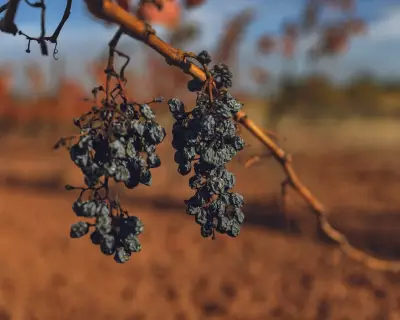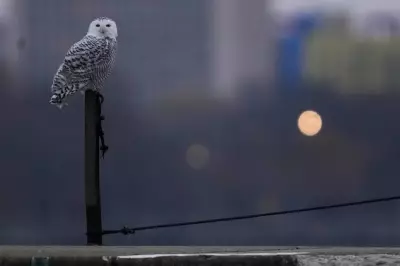
In an extraordinary development for wildlife conservation, a cluster of vulnerable baby numbats has been spotted in Western Australia, offering a glimmer of hope for one of the continent's most threatened marsupials.
A Critically Endangered Icon
With fewer than 3,000 individuals remaining in the wild, the numbat stands as Australia's rarest marsupial and one of its most distinctive creatures. Unlike most marsupials, these striped termite-eaters are active during daylight hours, making them particularly vulnerable to predators.
The Threat of Extinction
The numbat's dramatic decline began with European settlement, when introduced predators like foxes and cats decimated populations. Habitat loss and changing fire patterns further pushed this unique species toward the brink, reducing their range to just two small areas of Western Australia.
Conservation Efforts Bear Fruit
Recent sightings of young numbats at Dryandra Woodland and Perup Nature Reserve have excited researchers and conservationists alike. These protected areas have become critical strongholds for the species, where intensive predator control and habitat management are creating safer environments for breeding.
"Every new generation represents hope," explained one conservation officer. "Seeing these young numbats emerge signals that our protection measures are working."
Why This Discovery Matters
- Numbats play a crucial role in ecosystem health as termite controllers
- Each successful breeding season strengthens genetic diversity
- Growing populations indicate conservation strategies are effective
- Public awareness increases with each hopeful development
The Road to Recovery
While the appearance of baby numbats is encouraging, conservationists emphasize that the species remains critically endangered. Continuous efforts are needed to:
- Maintain and expand predator control programs
- Protect and restore native habitats
- Establish new populations through translocation
- Monitor numbat health and breeding patterns
The journey to secure the numbat's future continues, but these tiny marsupials represent a significant step forward in one of Australia's most important conservation stories.





